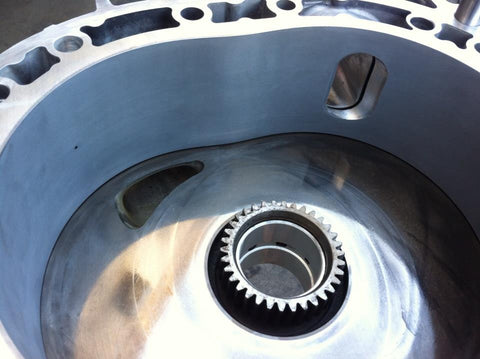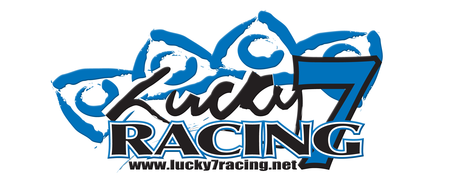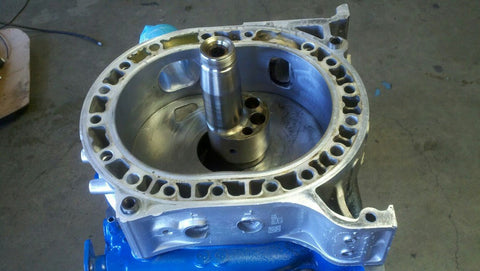13B Engine Porting

We offer a few different types of engine porting.
Street Porting: Gas mileage is typically not affected. Stock turbo(s) and computer works just fine, although some form of fuel enrichment should be used. Advanced port timing gives awesome power through the midrange and spools turbos a lot quicker. This is the port where your idle quality deteriorates. A reasonable idle of 800-900 rpm can still be achieved, but you’ll notice some misfiring due to the extra port overlap. Vacuum signal typically between 14″ and 16” @ 900 rpm. This port can be customized to your specification. Gas mileage either stays about the same or decreases slightly, but 20+ mpg on a properly tuned setup is still attainable, depending on weight, driving habits, etc…. stock turbo(s) is inadequate and should be upgraded. You’ll see the best results with an engine management system. We can also enlarge the typical street port to provide an even more aggressive powerband. We call this type of port a "Race Port".
Bridge Porting: This type of port is very difficult (or impossible) to make work with the stock ECU. It provides a rough idle but creates significantly more power at higher rpms. Typically this type of port is used in race engines and is on the edge of being suitable for street use as it is generally harder to start and idles poorly. We certainly recommend an aftermarket ECU such as the Haltech for a bridge ported engine.
Peripheral Porting: This is the most extreme type of porting for your rotary engine. Peripheral porting involves completely sealing the side intake ports on the engine irons and creating a very large port on the rotor housing itself. We definitely do not recommend this for any kind of street use. You can expect NA power output of over 280whp at around 9,500rpm with this kind of porting. It is also not recommended to use steel apex seals as they chatter at this high rpm and can cause housing damage.


